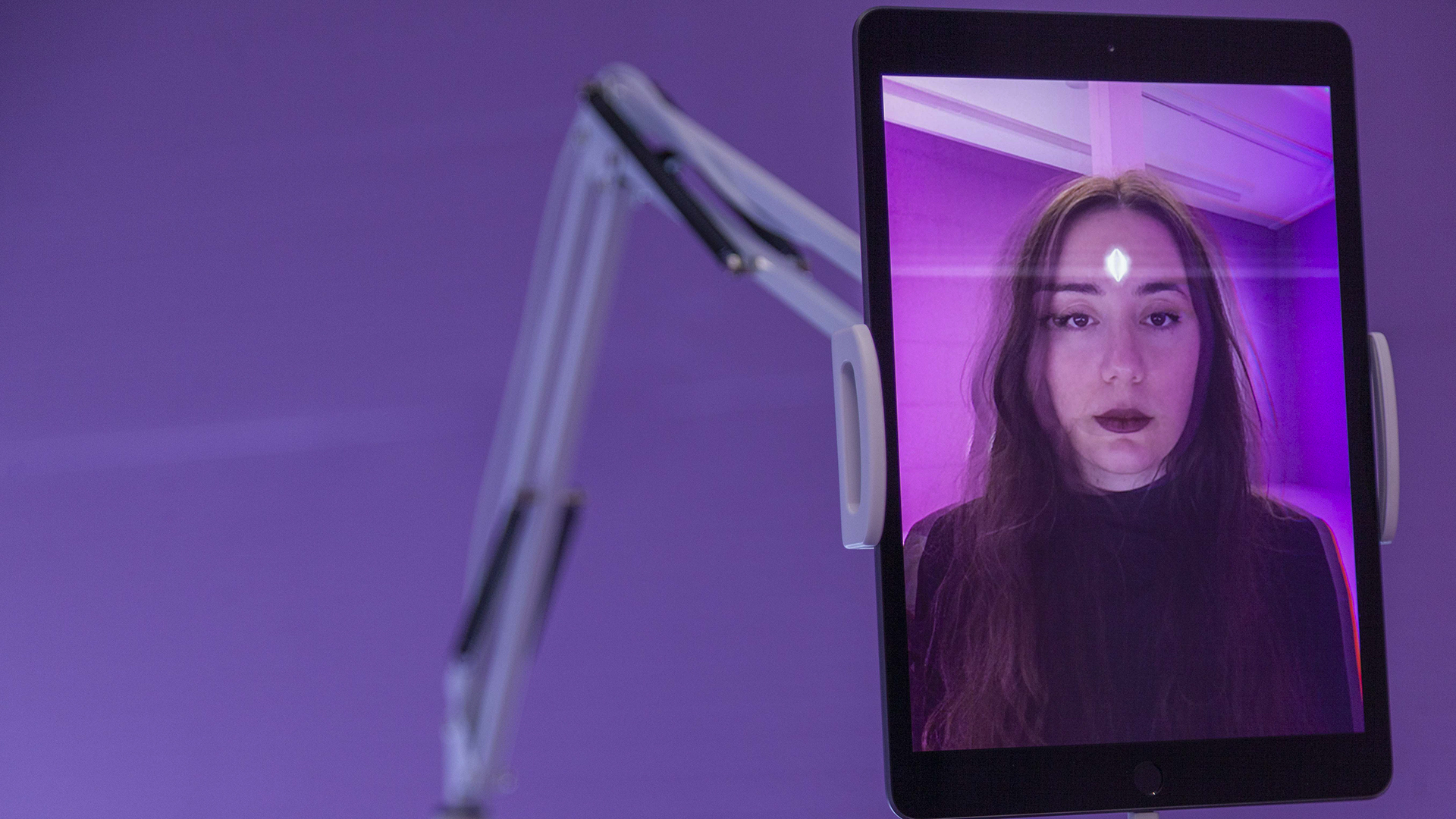
S()fia Braga: I want to bring attention to the vulva
Artist, cyberstalker and AI auteur talks about identities and technology.
|2023.05.03
|

Dafina Halili
Dafina Halili is a senior journalist at K2.0, covering mainly human rights and social justice issues. Dafina has a master’s degree in diversity and the media from the University of Westminster in London, U.K..
This story was originally written in English.